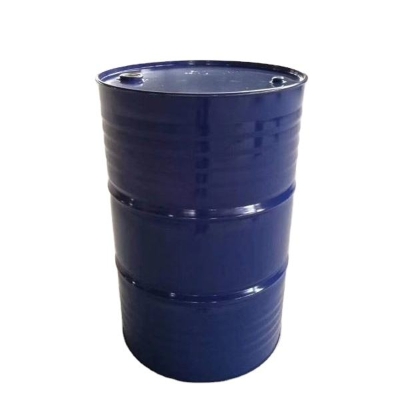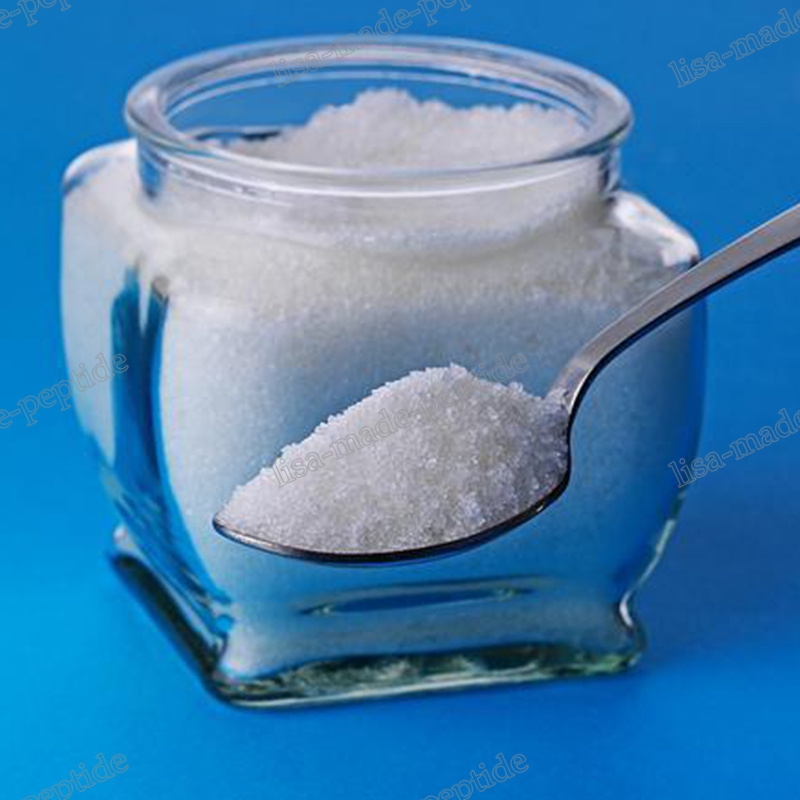-
Categories
-
Pharmaceutical Intermediates
-
Active Pharmaceutical Ingredients
-
Food Additives
- Industrial Coatings
- Agrochemicals
- Dyes and Pigments
- Surfactant
- Flavors and Fragrances
- Chemical Reagents
- Catalyst and Auxiliary
- Natural Products
- Inorganic Chemistry
-
Organic Chemistry
-
Biochemical Engineering
- Analytical Chemistry
-
Cosmetic Ingredient
- Water Treatment Chemical
-
Pharmaceutical Intermediates
Promotion
ECHEMI Mall
Wholesale
Weekly Price
Exhibition
News
-
Trade Service
【Chemical Machinery and Equipment Network Policies and Regulations】With the gradual advancement of environmental protection work and the deepening of the understanding of the hazards of chemical substances, environmental pollution control is no longer limited to conventional pollutants
such as sulfur dioxide and nitrogen oxides.
This year's government work report clearly puts forward the issue
of the treatment of "new pollutants".
Persistent organic pollutants, endocrine disruptors, antibiotics, microplastics, etc.
that have not been included in environmental management before or existing management measures are insufficient, and substances that pose greater risks to the ecological environment and human health will also become the focus of ecological environmental protection in the
14th Five-Year Plan.
such as sulfur dioxide and nitrogen oxides.
This year's government work report clearly puts forward the issue
of the treatment of "new pollutants".
Persistent organic pollutants, endocrine disruptors, antibiotics, microplastics, etc.
that have not been included in environmental management before or existing management measures are insufficient, and substances that pose greater risks to the ecological environment and human health will also become the focus of ecological environmental protection in the
14th Five-Year Plan.
In May, the General Office of the State Council issued the Action Plan for the Control of New Pollutants, which put forward 18 action measures in terms of improving laws and regulations, investigation and monitoring, source control, process control, terminal treatment, and technical capacity building, providing clear and detailed action guidelines
for new pollution control.
On this basis, all localities have formulated new pollutant control work plans
in light of actual conditions.
At present, Shaanxi, Hainan, Heilongjiang and other places have officially introduced new pollutant control work plans, while Hunan, Hebei, Jiangsu, Zhejiang, Yunnan, Jilin and other places have issued draft comments, or have completed the collection of comments, or are still soliciting comments
.
New pollutant control actions are gradually landing and spreading nationwide
.
for new pollution control.
On this basis, all localities have formulated new pollutant control work plans
in light of actual conditions.
At present, Shaanxi, Hainan, Heilongjiang and other places have officially introduced new pollutant control work plans, while Hunan, Hebei, Jiangsu, Zhejiang, Yunnan, Jilin and other places have issued draft comments, or have completed the collection of comments, or are still soliciting comments
.
New pollutant control actions are gradually landing and spreading nationwide
.
Monitoring is the foundation of
governance.
Whether it is the Action Plan for the Control of New Pollutants or the new pollutant control work plans issued by various localities, it is very important to strengthen the environmental monitoring of new pollutants and establish a new pollutant environmental investigation and monitoring system
.
governance.
Whether it is the Action Plan for the Control of New Pollutants or the new pollutant control work plans issued by various localities, it is very important to strengthen the environmental monitoring of new pollutants and establish a new pollutant environmental investigation and monitoring system
.
However, compared with conventional pollutants whose monitoring systems are already mature, new pollutants have significant "new" characteristics – newly discovered or concerned, and new pollutants are constantly emerging
.
Therefore, the detection standards and methods for new pollution are not perfect, and the monitoring technology system is not yet perfect
.
In addition, there are many types of new pollutants, wide sources, generally low concentrations, and more difficult monitoring than conventional pollutants
.
The establishment of a new pollutant monitoring system also requires targeted breakthroughs and development
in detection technology.
.
Therefore, the detection standards and methods for new pollution are not perfect, and the monitoring technology system is not yet perfect
.
In addition, there are many types of new pollutants, wide sources, generally low concentrations, and more difficult monitoring than conventional pollutants
.
The establishment of a new pollutant monitoring system also requires targeted breakthroughs and development
in detection technology.
The most suitable technique for the detection of new contaminants is a non-targeted screening method
based on high-resolution mass spectrometry.
Non-targeted screening technology uses analytical methods such as gas chromatography-high-resolution mass spectrometry (GC-HRMS) and liquid chromatography-high-resolution mass spectrometry (LC-HRMS) to detect environmental samples, analyze data through auxiliary analytical techniques, and obtain compound information
by using map databases or fragment prediction.
Non-targeted screening techniques enable high-throughput detection with high separation efficiency, high analytical sensitivity, and the ability to obtain as much chemical information
as possible from complex matrices.
At present, laboratories have carried out research
on quantitative monitoring methods of relevant new pollutants.
However, this method has high requirements for instrument equipment and testing personnel, and there are still shortcomings
.
based on high-resolution mass spectrometry.
Non-targeted screening technology uses analytical methods such as gas chromatography-high-resolution mass spectrometry (GC-HRMS) and liquid chromatography-high-resolution mass spectrometry (LC-HRMS) to detect environmental samples, analyze data through auxiliary analytical techniques, and obtain compound information
by using map databases or fragment prediction.
Non-targeted screening techniques enable high-throughput detection with high separation efficiency, high analytical sensitivity, and the ability to obtain as much chemical information
as possible from complex matrices.
At present, laboratories have carried out research
on quantitative monitoring methods of relevant new pollutants.
However, this method has high requirements for instrument equipment and testing personnel, and there are still shortcomings
.
The Action Plan for the Control of New Pollutants proposes that by 2025, the environmental risk screening of chemical substances of high concern and high yield (use) will be completed, and the environmental risk assessment
of a number of chemical substances will be completed.
To this end, it is necessary to carry out environmental investigation and monitoring
of new pollutants.
It is imperative to strengthen new pollutant monitoring capabilities, including research on new pollutant detection technologies and the development of simpler and more efficient detection methods; Strengthen the construction of talent teams and train testers who are competent for monitoring new pollutants; Strengthen the laboratory construction of environmental monitoring departments, and improve the equipment and facilities configuration
of laboratories.
of a number of chemical substances will be completed.
To this end, it is necessary to carry out environmental investigation and monitoring
of new pollutants.
It is imperative to strengthen new pollutant monitoring capabilities, including research on new pollutant detection technologies and the development of simpler and more efficient detection methods; Strengthen the construction of talent teams and train testers who are competent for monitoring new pollutants; Strengthen the laboratory construction of environmental monitoring departments, and improve the equipment and facilities configuration
of laboratories.
The threat of new pollutants to the environment and human body is not new, but has existed since before and may even have caused persistent harm
.
Therefore, it is urgent
to promote new pollution control work.
In the battle to control new pollutants, monitoring technology will charge ahead and face new challenges
.
.
Therefore, it is urgent
to promote new pollution control work.
In the battle to control new pollutants, monitoring technology will charge ahead and face new challenges
.
Original: New pollutant treatment work plans have been introduced one after another, which poses new challenges to detection technology







